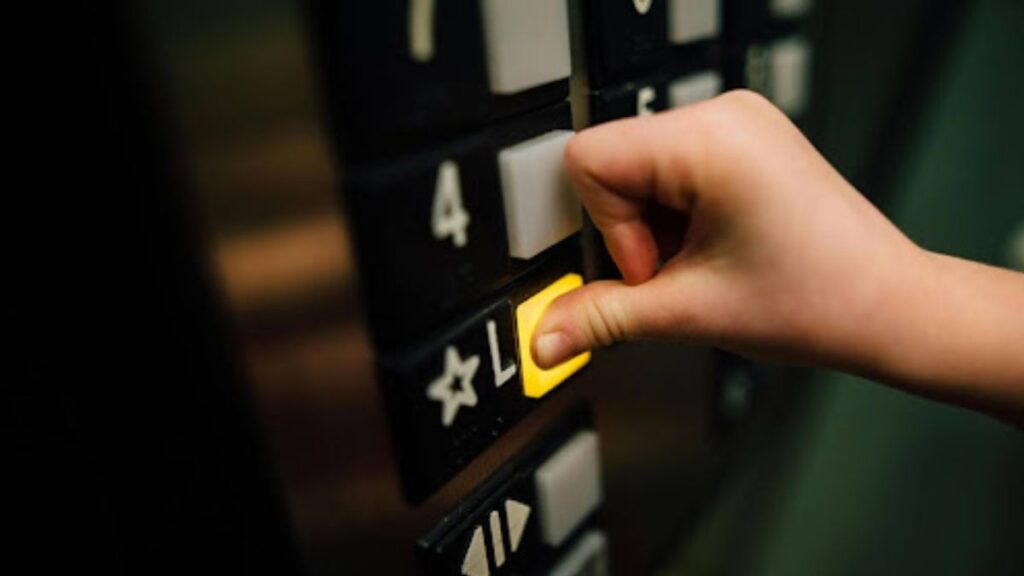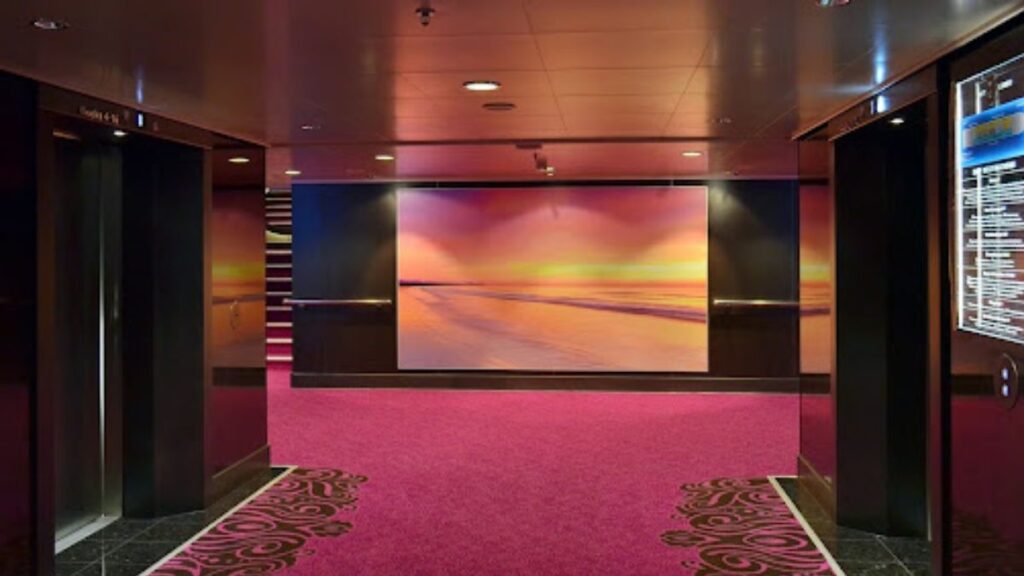Selecting the ideal elevator system for your business is a decision that can significantly impact operational efficiency, safety, and user experience. A well-chosen system not only caters to the immediate needs of your facility but also anticipates future growth and ensures optimal performance. Here’s what you need to consider when choosing the perfect elevator solution for your business.
Evaluate Building Requirements and Traffic Flow
Understanding the structure and traffic demands of your building is a critical first step. Whether your business operates in a mid-sized office or a multi-story commercial complex, knowing the volume of people using the elevators at peak times will help identify the capacity and speed you need.
For high-rise buildings, a system with advanced technology to manage peak traffic effectively is essential. Analyzing traffic patterns can guide you in choosing between traditional elevators or modern destination dispatch systems that group passengers by their destination for faster service.
Consider Energy Efficiency and Sustainability
Incorporating energy efficiency into your elevator system is not only beneficial for the environment but also helps reduce operational costs. Energy-efficient elevators often come with features such as regenerative drives that recover energy during the descent, LED lighting, and automatic shut-off capabilities when the elevator is idle.
Look for models that meet local energy regulations and sustainability certifications. Selecting an eco-friendly system can contribute to green building certifications and enhance your company’s commitment to environmental responsibility.
Prioritize Safety and Accessibility
Safety features are non-negotiable when selecting an elevator system. Ensure that the system complies with the latest safety standards, including emergency alarms, communication systems, and fire-resistant materials. The presence of automatic rescue devices that bring the elevator to the nearest floor in case of a power failure adds an extra layer of security.
Accessibility is equally important. An elevator system designed with features such as braille buttons, clear audio announcements, and adequate space for wheelchair access can make a substantial difference for users with disabilities. Compliance with the Americans with Disabilities Act (ADA) or other local accessibility standards is crucial for fostering an inclusive environment. This focus on accessibility is also driving greater adoption of residential solutions, with many homeowners now installing home elevators to enhance mobility and future-proof their living spaces.
Assess Technological Features and Upgrades
Modern elevator systems come with a variety of technological enhancements that improve user experience and efficiency. Features such as touchless controls, smartphone integration, and AI-based traffic management can transform the way people interact with elevators.
Regular software updates and upgrades are vital to maintaining system performance. A system that allows for flexible technology upgrades ensures that your investment remains valuable as technological advancements continue.
Evaluate Maintenance and Lifespan
Long-term reliability depends significantly on the quality of the elevator maintenance and repair service provided. Regular, comprehensive maintenance helps prevent unexpected breakdowns, extends the lifespan of the elevator, and ensures safety. As explained by experts from Metro Elevator, partnering with a reliable service provider that offers 24/7 emergency support and scheduled check-ups can save costs and prevent business disruptions. When selecting an elevator system, inquire about warranty periods, service agreements, and the availability of parts. A proactive approach to maintenance can reduce downtime and enhance the overall performance of the system.
Align with Budget and Financial Planning
While it may be tempting to opt for the most advanced system available, balancing technological features with budget constraints is key. Consider the long-term operational and maintenance costs in addition to the initial purchase and installation expenses. An elevator system with low energy consumption and reliable parts can result in substantial savings over time.
Financial planning should also take into account potential upgrades and modernization in the future. Ensure your budget includes not only the cost of installation but also the expenses associated with training staff on proper usage and safety protocols.

Factor in Aesthetics and User Experience
The design and appearance of your elevator system can contribute to the overall ambiance of your business. A sleek, modern design with high-quality materials can make a positive impression on clients and customers. Interior features such as mirrored walls, ambient lighting, and digital displays create an enhanced user experience.
Customizing the look and feel of the elevator to align with your brand image can reinforce your company’s professionalism. Keep in mind that while aesthetics are important, they should not compromise essential safety and functional features.
Future-Proof Your Investment
Anticipating future needs is essential when selecting an elevator system. If your business is likely to expand or evolve over time, choosing a system that accommodates additional weight, passengers, or advanced technological updates can be advantageous.
Flexibility in scaling the system, whether through software adjustments or modular hardware additions, ensures that your investment remains relevant as your business grows. Choosing an adaptable elevator system protects against potential obsolescence and guarantees long-term functionality.
Taking a comprehensive approach that includes building requirements, energy efficiency, safety, technology, maintenance, budgeting, aesthetics, and future scalability ensures that your business selects an elevator system that meets both current and long-term needs. Careful evaluation and a strategic selection process will lead to a well-integrated, efficient, and lasting solution.







